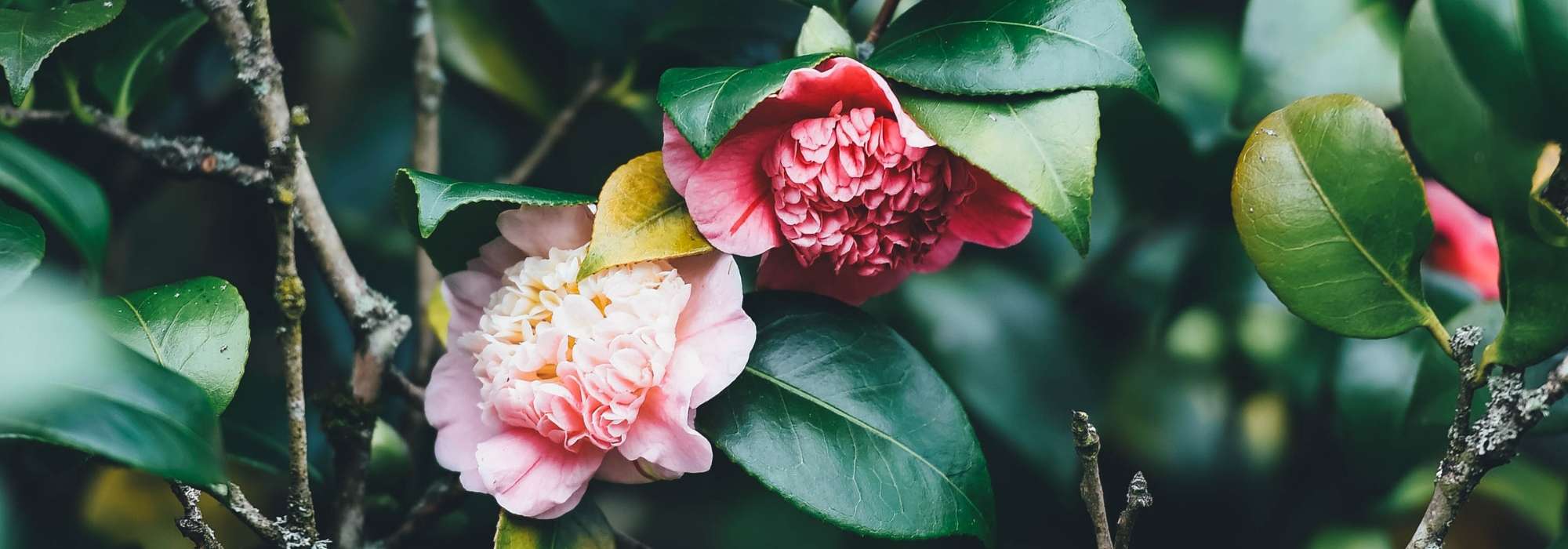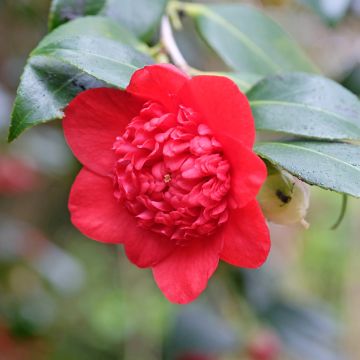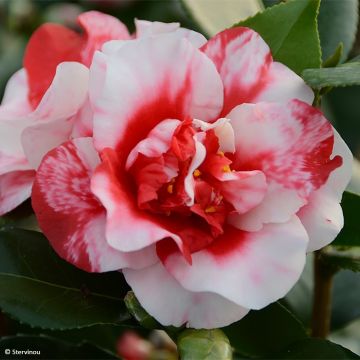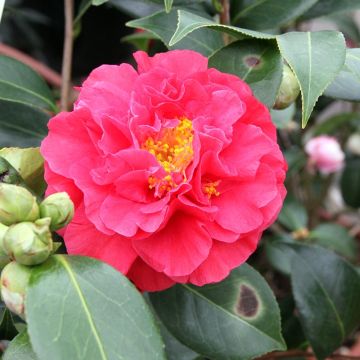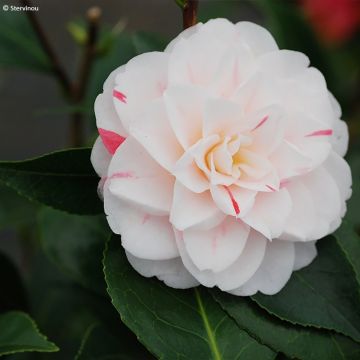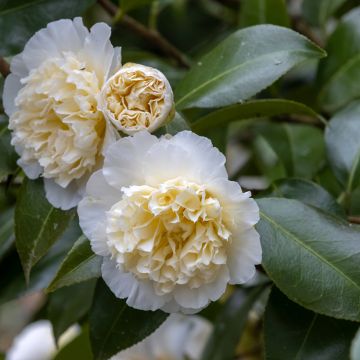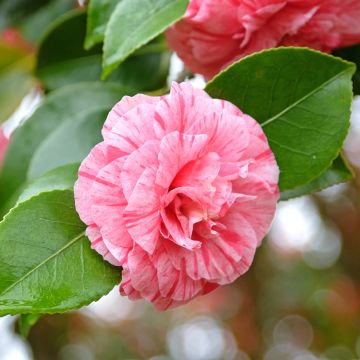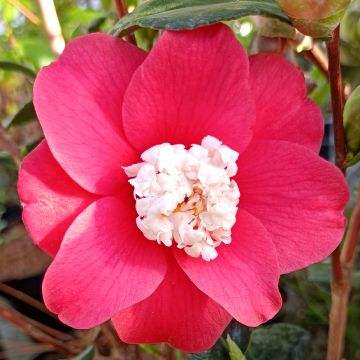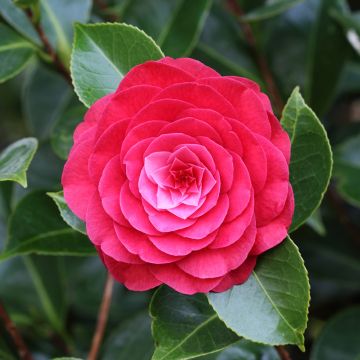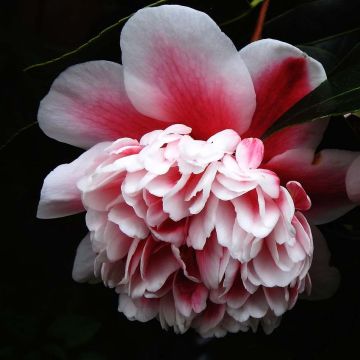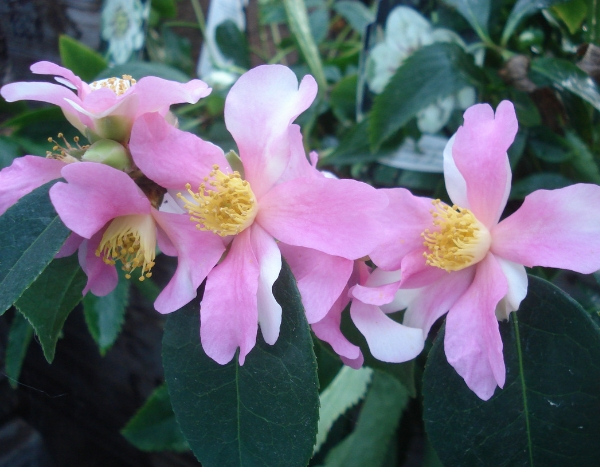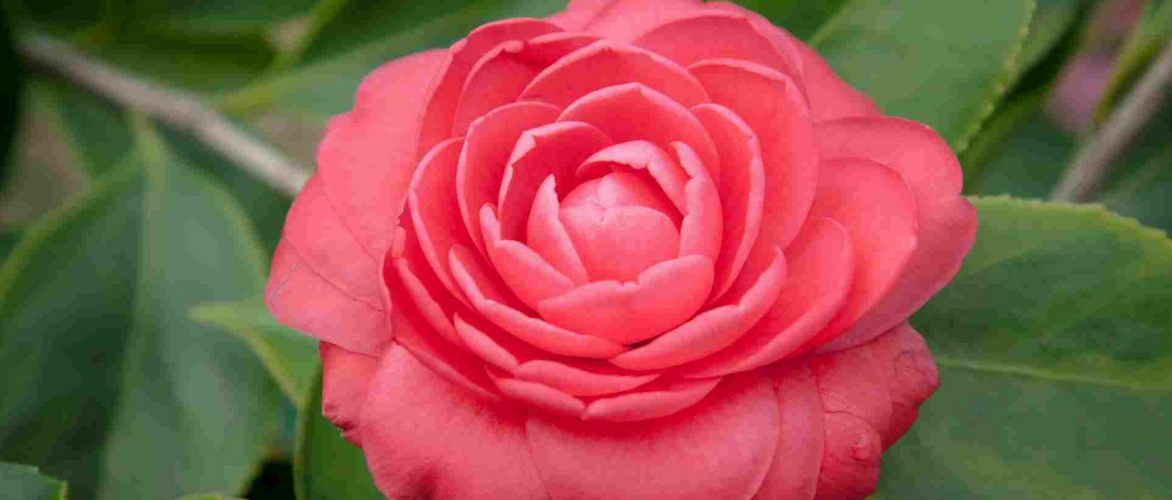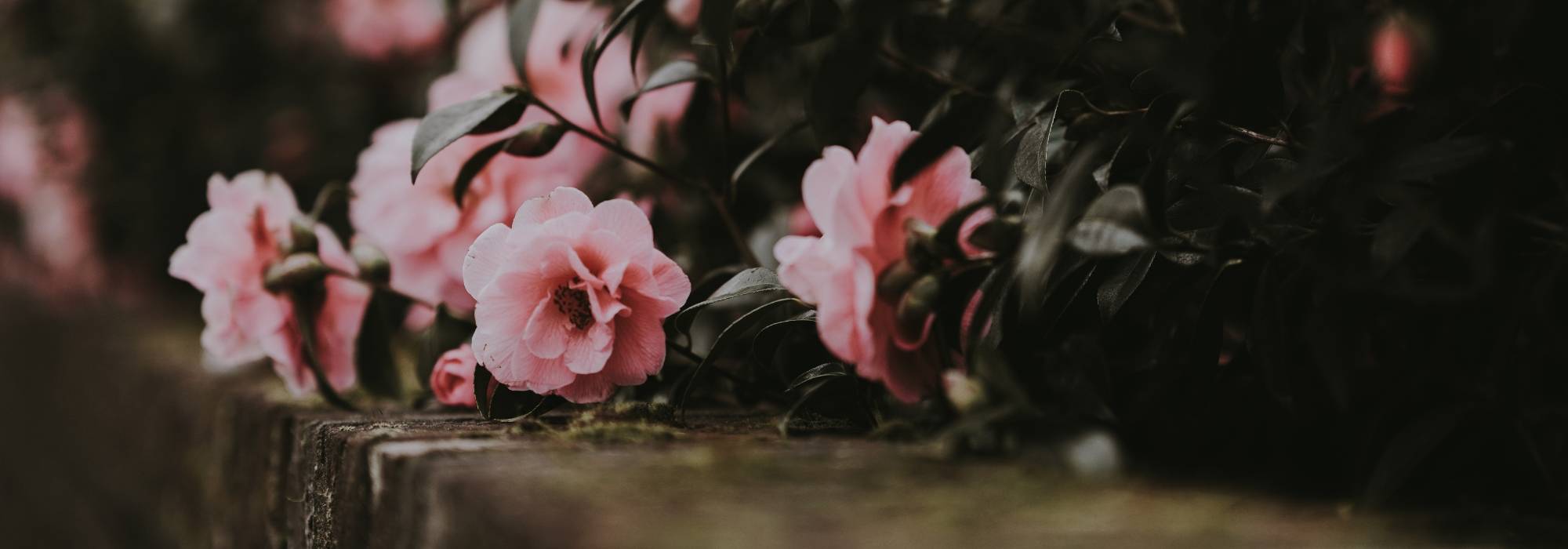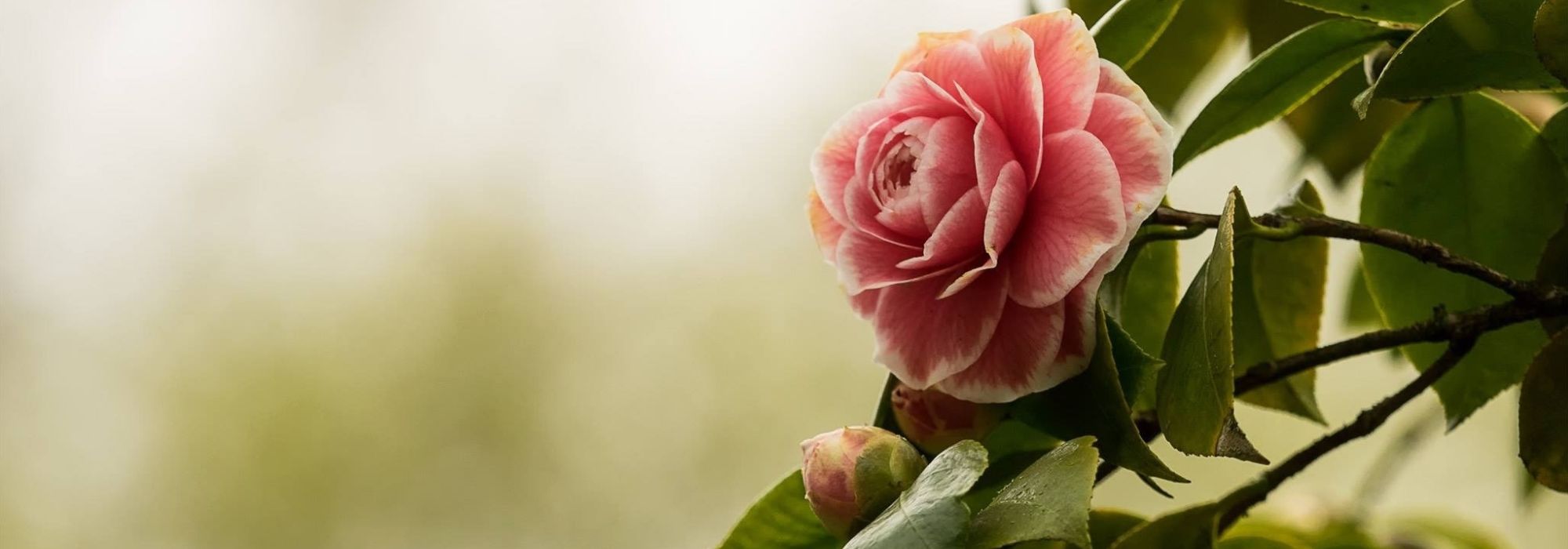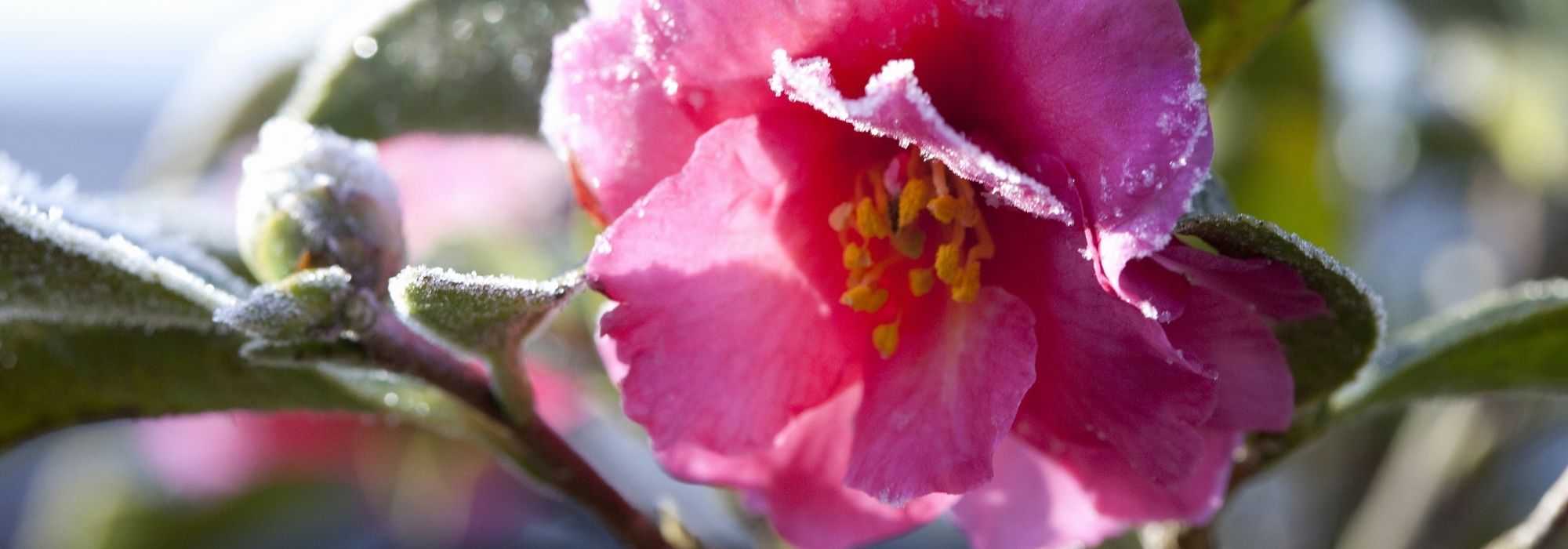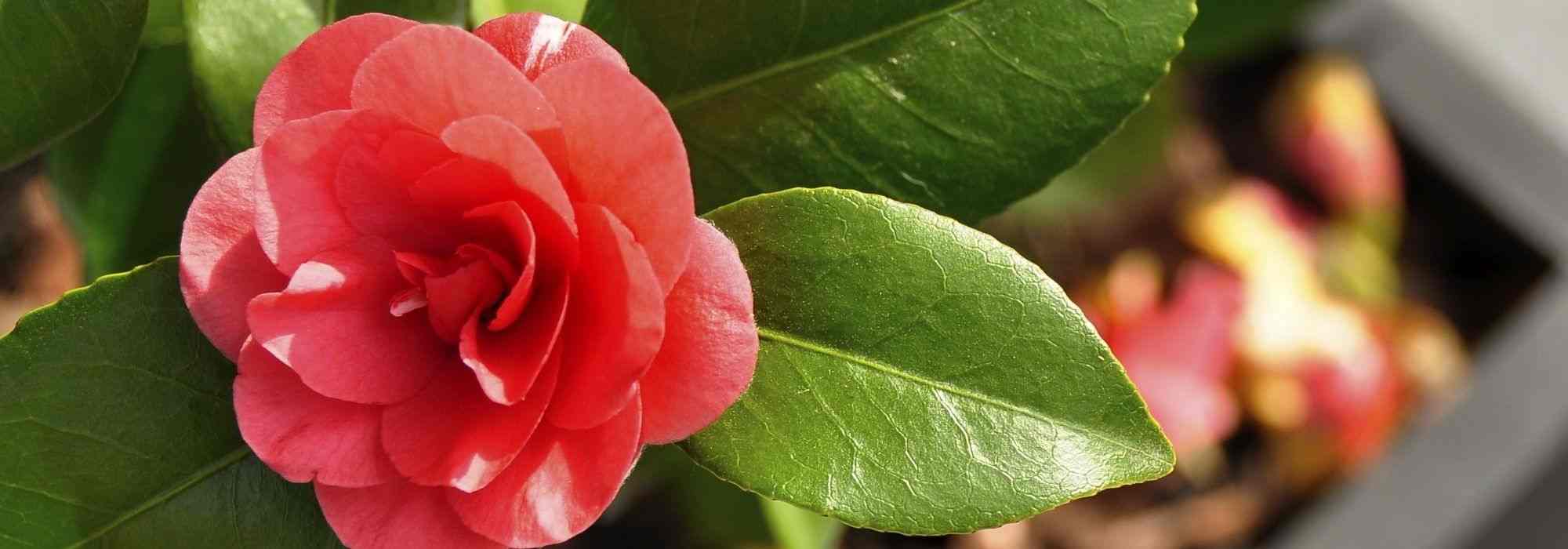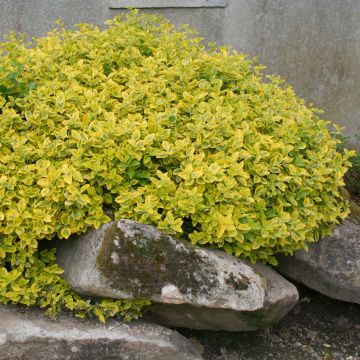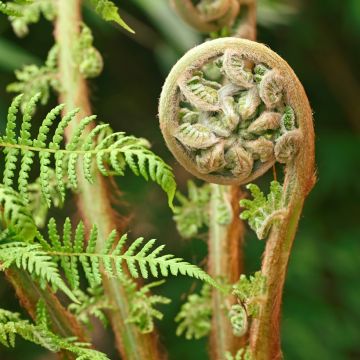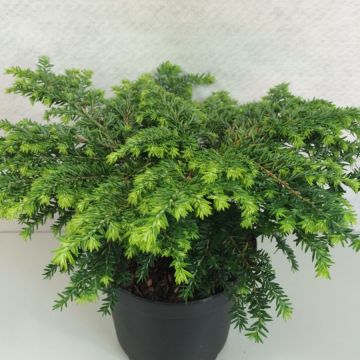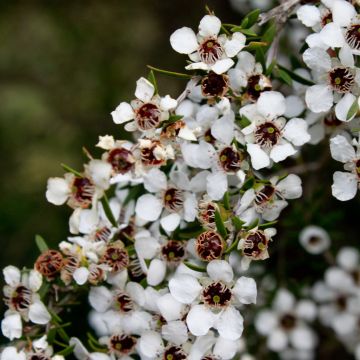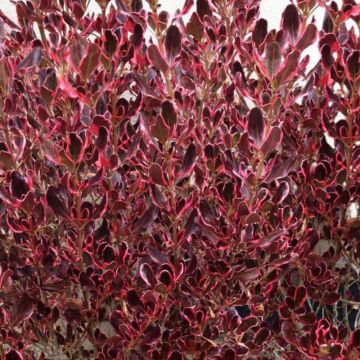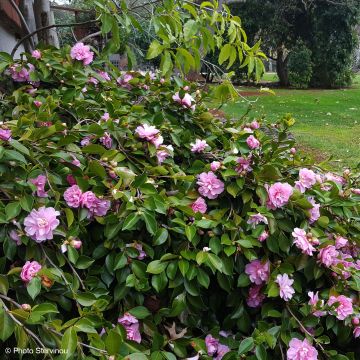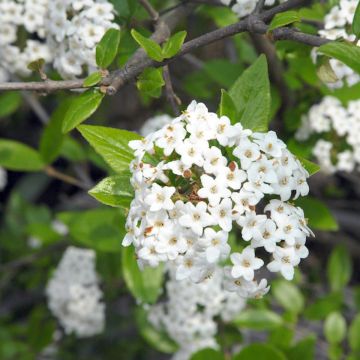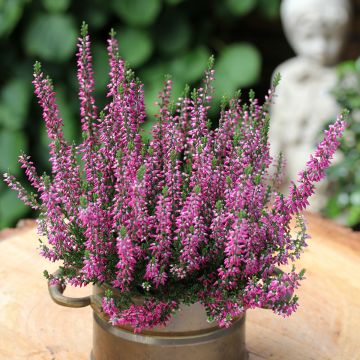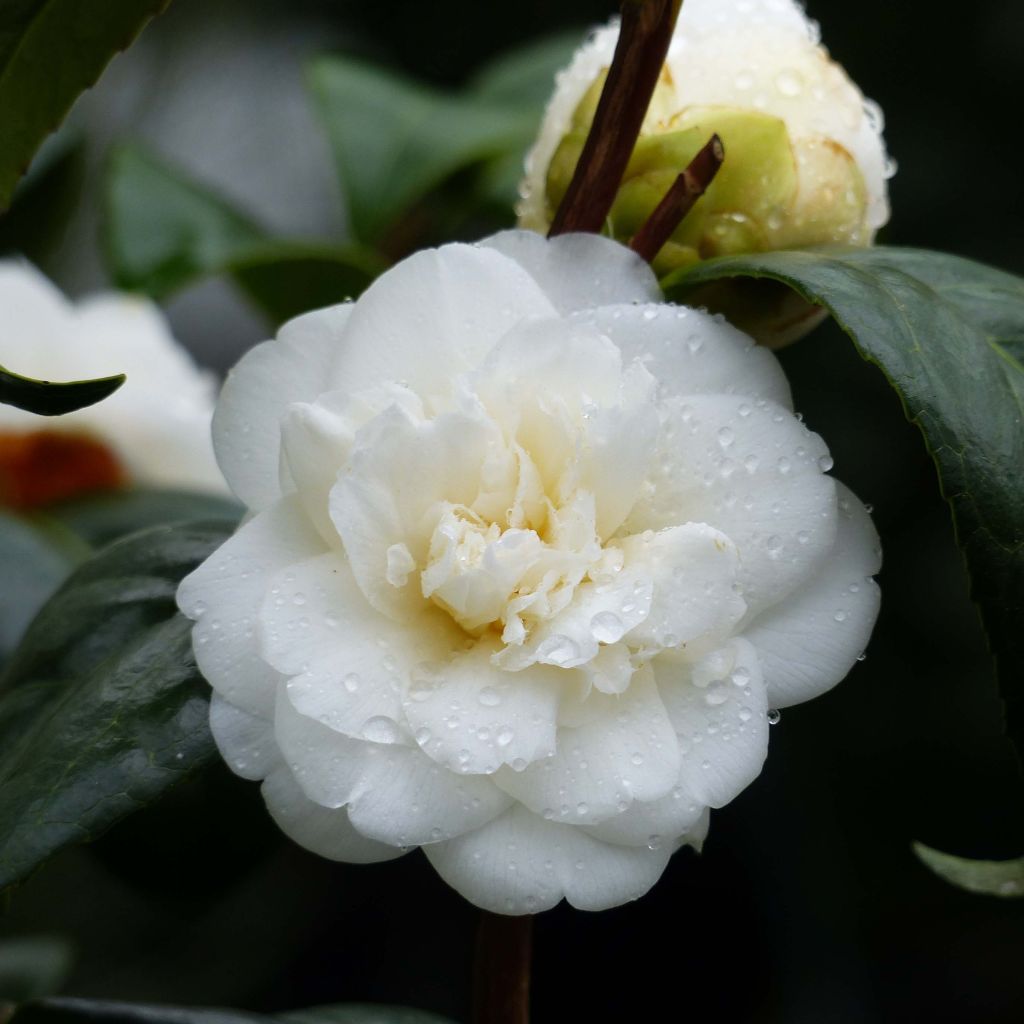

Camellia japonica Nobilissima
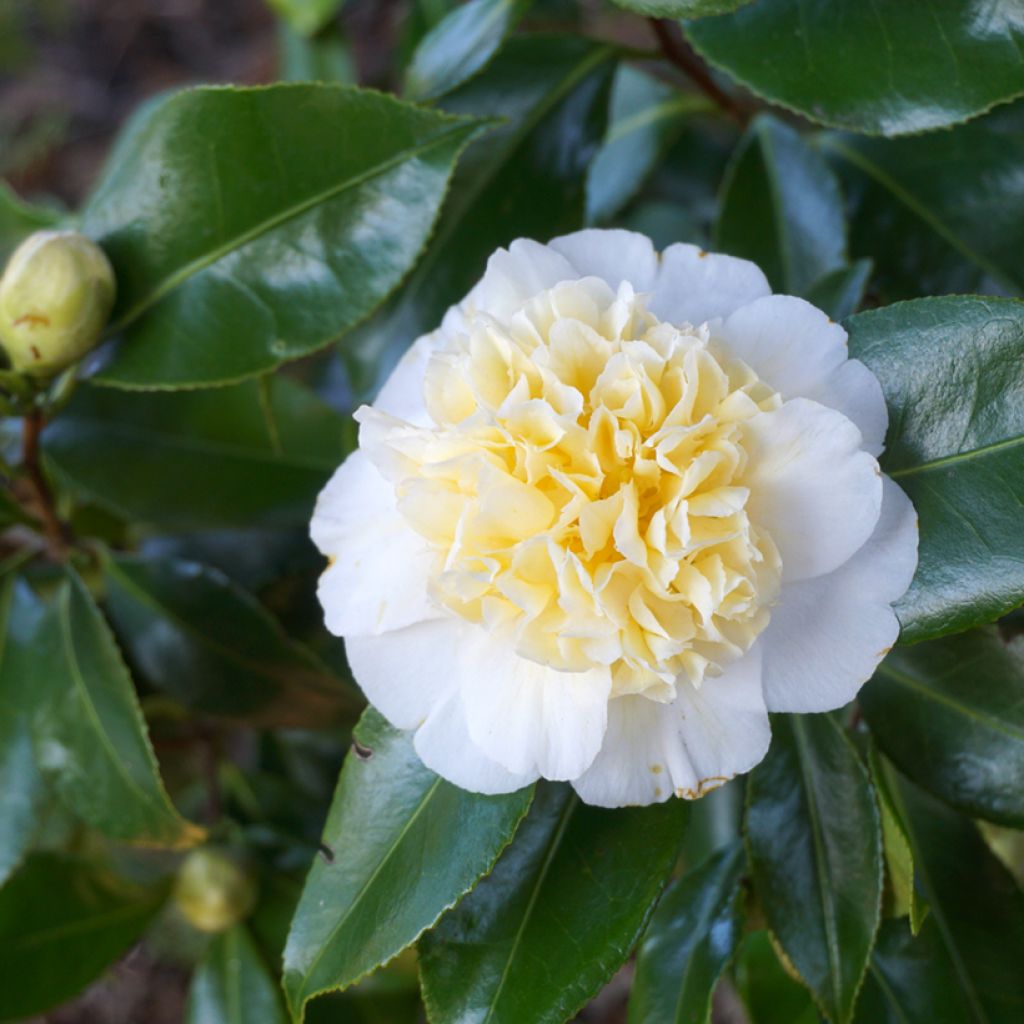

Camellia japonica Nobilissima
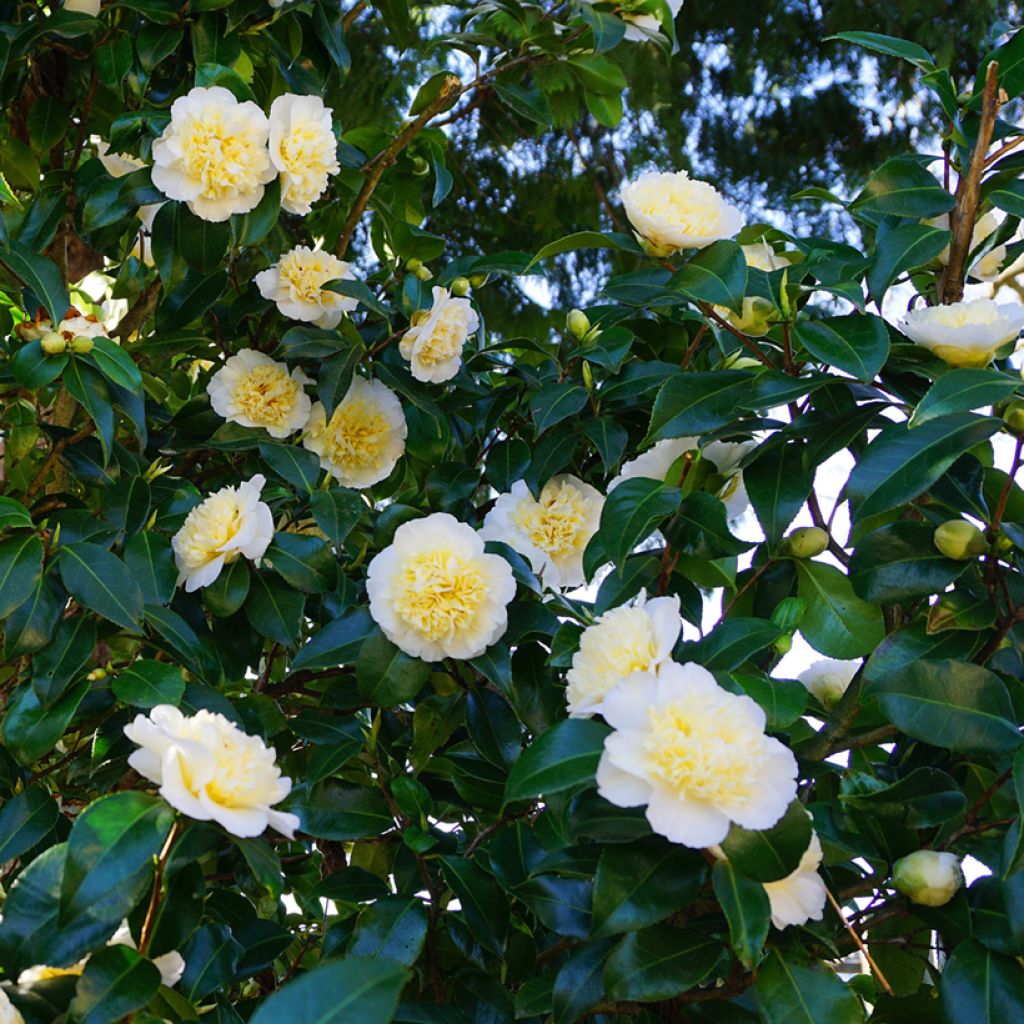

Camellia japonica Nobilissima
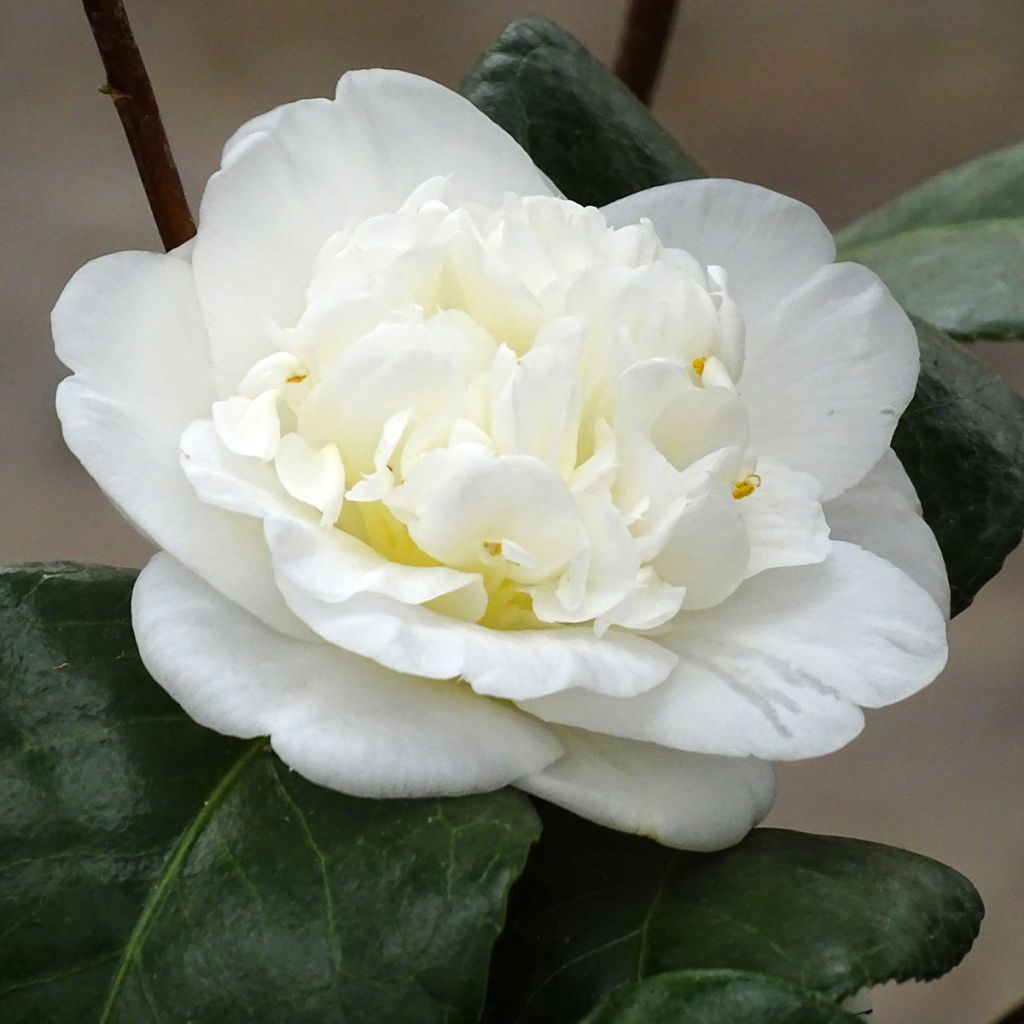

Camellia japonica Nobilissima
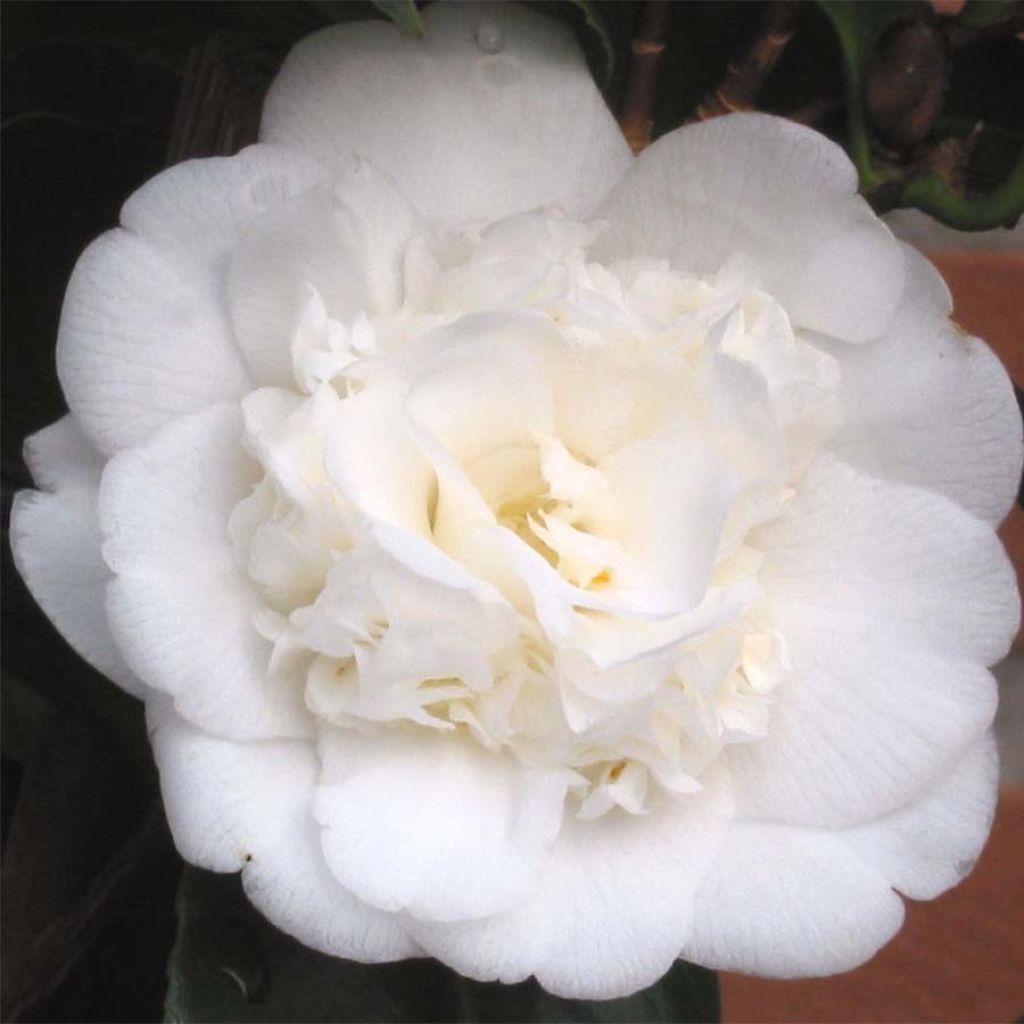

Camellia japonica Nobilissima
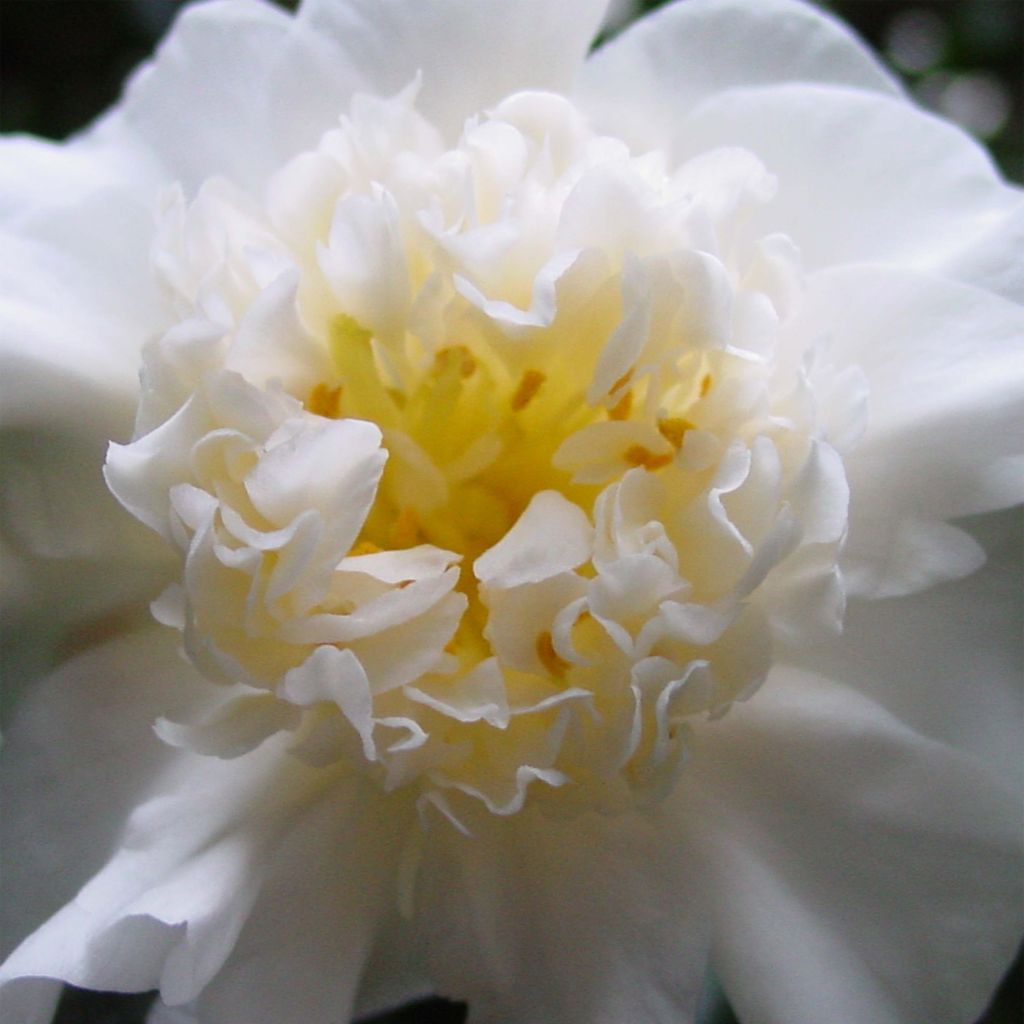

Camellia japonica Nobilissima
Camellia japonica Nobilissima
Camellia japonica Nobilissima
Japanese Camellia, Rose of winter
After a beautiful flowering and a year without any issues, my CAMELLIA began to decline this spring. As I write to you, its condition continues to worsen, almost dead on its feet despite my attentive care. I water it with rainwater and have given it a spot that, until this spring, was favorable for it. Under the 24-month guarantee for plant establishment, I request a refund for this bush that I cherished so much. Thank you in advance.
MARiE VÉRONiQUE, 08/08/2025
Special offer!
Receive a €20 voucher for any order over €90 (excluding delivery costs, credit notes, and plastic-free options)!
1- Add your favorite plants to your cart.
2- Once you have reached €90, confirm your order (you can even choose the delivery date!).
3- As soon as your order is shipped, you will receive an email containing your voucher code, valid for 3 months (90 days).
Your voucher is unique and can only be used once, for any order with a minimum value of €20, excluding delivery costs.
Can be combined with other current offers, non-divisible and non-refundable.
Home or relay delivery (depending on size and destination)
Schedule delivery date,
and select date in basket
This plant carries a 24 months recovery warranty
More information
We guarantee the quality of our plants for a full growing cycle, and will replace at our expense any plant that fails to recover under normal climatic and planting conditions.


Would this plant suit my garden?
Set up your Plantfit profile →
Description
Camellia japonica 'Nobilissima', a very old variety with peony-like flowers, is the first white-flowering camellia from Japan to bloom after the varieties of C. sasanqua, starting in November. Its medium-sized flowers are very double in the centre, barely marked with a yellow tinge, and surrounded by a corolla of immaculate white petals. Early and exceptionally long-lasting flowering, on a particularly vigorous bush, as wide as it is tall. An irresistible variety for hedges or large pots, a true treasure for gardens and terraces in coastal, mild and humid regions, in acid soil.
Camellia 'Nobilissima' (syn. 'Fuji-Yama'), obtained in Belgium around 1834, is a plant that owes its fame to Alexandre Dumas' heroine, who cherished its beautiful white peony flowers. It belongs to the family of Theaceae, just like its ancestor Camellia japonica. It is a vigorous and fast-growing bush, with a wide ball-shaped habit and deep rooting, reaching about 1.50 m (5 ft) in height and 1m (3 ft) in spread after 10 years, sometimes more depending on the growing conditions. From November-December to March, it produces numerous very double flowers, 8cm (3 in) wide, with many white petals with a yellow-cream base. Its evergreen foliage consists of large elliptical leaves, 10 to 12 cm (4 to 5 in) long, leathery, dark green and glossy on the upper side. While this bush is hardy down to -10/-15°C (14/5 °F) in open ground, flowering may be compromised by snow, freezing wind and temperatures below -5°C (23 °F).
The 'Nobilissima' Camellia from Japan thrives in mild and humid climates and does best in coastal regions, in acidic, humus-rich and well-drained soil. It will tolerate full sun in favourable climates but will perform best in partial shade, protected from scorching sun and sheltered from strong winds. Plant in e.g. a shrub bed, alongside other acid-loving plants such as Rhododendrons, Azaleas, Cornus Kousa, Japanese maples or the Kalmia Latifolia. But it would be a shame to drown 'Nobilissima' in a tangle of foliage or flowers. It deserves a special place near the entrance of the house, or in a beautiful pot on the terrace, to be stored indoors during winter in cold climates.
Camellia japonica Nobilissima in pictures
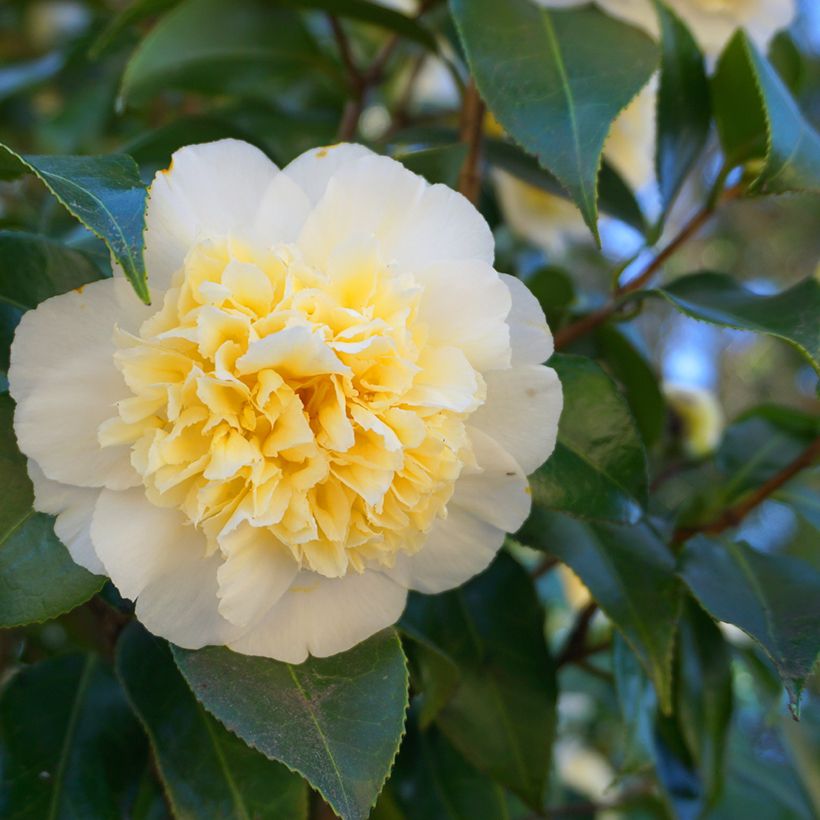

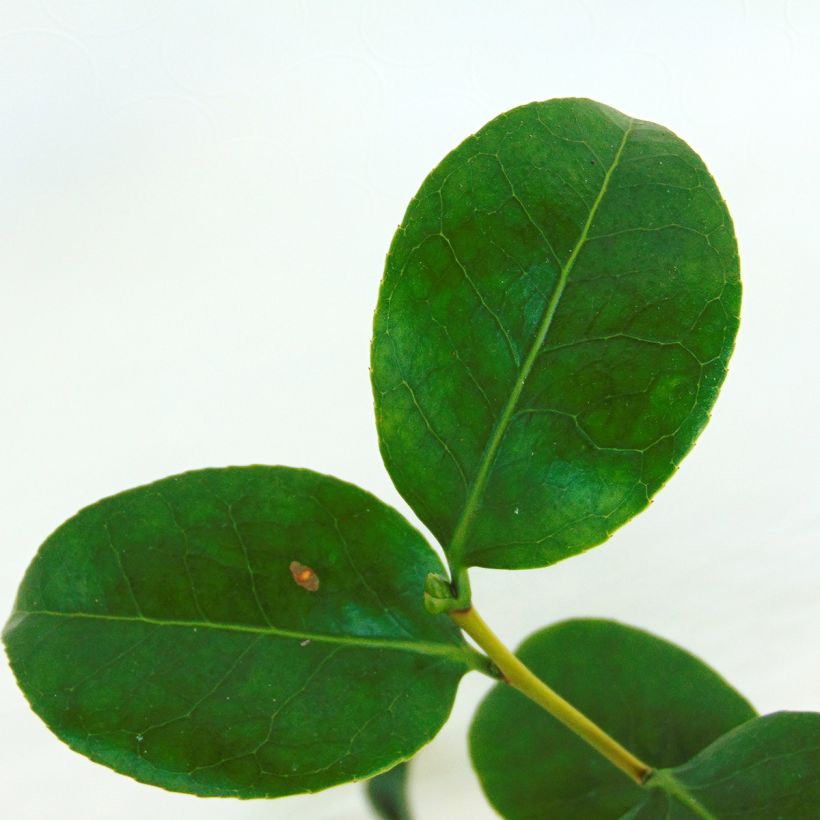

Plant habit
Flowering
Foliage
Botanical data
Camellia
japonica
Nobilissima
Theaceae
Japanese Camellia, Rose of winter
Cultivar or hybrid
Other Japanese Camellia
View all →Planting and care
Camellia 'Nobilissima' accepts full sun in favourable (e.g. coastal) climates, but it performs best in partial shade, protected from scorching sun and sheltered from strong winds. Plant in a cool, humus-rich, acidic, and well-drained soil. Do not plant the bush too deeply; the top of the root ball should be covered with 3 cm (1.2 in) of soil. In winter, cover it with a 5 to 7 cm (2 to 3 in) thick mulch composed of leaf compost and shredded bark. Beware of late frosts that can damage the flowers and buds. During dry periods, water the bush to prevent bud drop. It is recommended to plant camellias in autumn for better root establishment and improved flowering from the first year. Possible diseases include chlorosis caused by excessive limestone, brown spots caused by sunburn on south-facing leaves, sooty mould, scale insects, and weevils.
Pruning is not necessary, but if needed should be done sparingly just after flowering, before the emergence of new spring shoots. Most camellia hybrids do not recover from hard pruning.
Planting period
Intended location
Care
Planting & care advice
-
, onOrder confirmed
Reply from on Promesse de fleurs
Similar products
Haven't found what you were looking for?
Hardiness is the lowest winter temperature a plant can endure without suffering serious damage or even dying. However, hardiness is affected by location (a sheltered area, such as a patio), protection (winter cover) and soil type (hardiness is improved by well-drained soil).

Photo Sharing Terms & Conditions
In order to encourage gardeners to interact and share their experiences, Promesse de fleurs offers various media enabling content to be uploaded onto its Site - in particular via the ‘Photo sharing’ module.
The User agrees to refrain from:
- Posting any content that is illegal, prejudicial, insulting, racist, inciteful to hatred, revisionist, contrary to public decency, that infringes on privacy or on the privacy rights of third parties, in particular the publicity rights of persons and goods, intellectual property rights, or the right to privacy.
- Submitting content on behalf of a third party;
- Impersonate the identity of a third party and/or publish any personal information about a third party;
In general, the User undertakes to refrain from any unethical behaviour.
All Content (in particular text, comments, files, images, photos, videos, creative works, etc.), which may be subject to property or intellectual property rights, image or other private rights, shall remain the property of the User, subject to the limited rights granted by the terms of the licence granted by Promesse de fleurs as stated below. Users are at liberty to publish or not to publish such Content on the Site, notably via the ‘Photo Sharing’ facility, and accept that this Content shall be made public and freely accessible, notably on the Internet.
Users further acknowledge, undertake to have ,and guarantee that they hold all necessary rights and permissions to publish such material on the Site, in particular with regard to the legislation in force pertaining to any privacy, property, intellectual property, image, or contractual rights, or rights of any other nature. By publishing such Content on the Site, Users acknowledge accepting full liability as publishers of the Content within the meaning of the law, and grant Promesse de fleurs, free of charge, an inclusive, worldwide licence for the said Content for the entire duration of its publication, including all reproduction, representation, up/downloading, displaying, performing, transmission, and storage rights.
Users also grant permission for their name to be linked to the Content and accept that this link may not always be made available.
By engaging in posting material, Users consent to their Content becoming automatically accessible on the Internet, in particular on other sites and/or blogs and/or web pages of the Promesse de fleurs site, including in particular social pages and the Promesse de fleurs catalogue.
Users may secure the removal of entrusted content free of charge by issuing a simple request via our contact form.
The flowering period indicated on our website applies to countries and regions located in USDA zone 8 (France, the United Kingdom, Ireland, the Netherlands, etc.)
It will vary according to where you live:
- In zones 9 to 10 (Italy, Spain, Greece, etc.), flowering will occur about 2 to 4 weeks earlier.
- In zones 6 to 7 (Germany, Poland, Slovenia, and lower mountainous regions), flowering will be delayed by 2 to 3 weeks.
- In zone 5 (Central Europe, Scandinavia), blooming will be delayed by 3 to 5 weeks.
In temperate climates, pruning of spring-flowering shrubs (forsythia, spireas, etc.) should be done just after flowering.
Pruning of summer-flowering shrubs (Indian Lilac, Perovskia, etc.) can be done in winter or spring.
In cold regions as well as with frost-sensitive plants, avoid pruning too early when severe frosts may still occur.
The planting period indicated on our website applies to countries and regions located in USDA zone 8 (France, United Kingdom, Ireland, Netherlands).
It will vary according to where you live:
- In Mediterranean zones (Marseille, Madrid, Milan, etc.), autumn and winter are the best planting periods.
- In continental zones (Strasbourg, Munich, Vienna, etc.), delay planting by 2 to 3 weeks in spring and bring it forward by 2 to 4 weeks in autumn.
- In mountainous regions (the Alps, Pyrenees, Carpathians, etc.), it is best to plant in late spring (May-June) or late summer (August-September).
The harvesting period indicated on our website applies to countries and regions in USDA zone 8 (France, England, Ireland, the Netherlands).
In colder areas (Scandinavia, Poland, Austria...) fruit and vegetable harvests are likely to be delayed by 3-4 weeks.
In warmer areas (Italy, Spain, Greece, etc.), harvesting will probably take place earlier, depending on weather conditions.
The sowing periods indicated on our website apply to countries and regions within USDA Zone 8 (France, UK, Ireland, Netherlands).
In colder areas (Scandinavia, Poland, Austria...), delay any outdoor sowing by 3-4 weeks, or sow under glass.
In warmer climes (Italy, Spain, Greece, etc.), bring outdoor sowing forward by a few weeks.






























